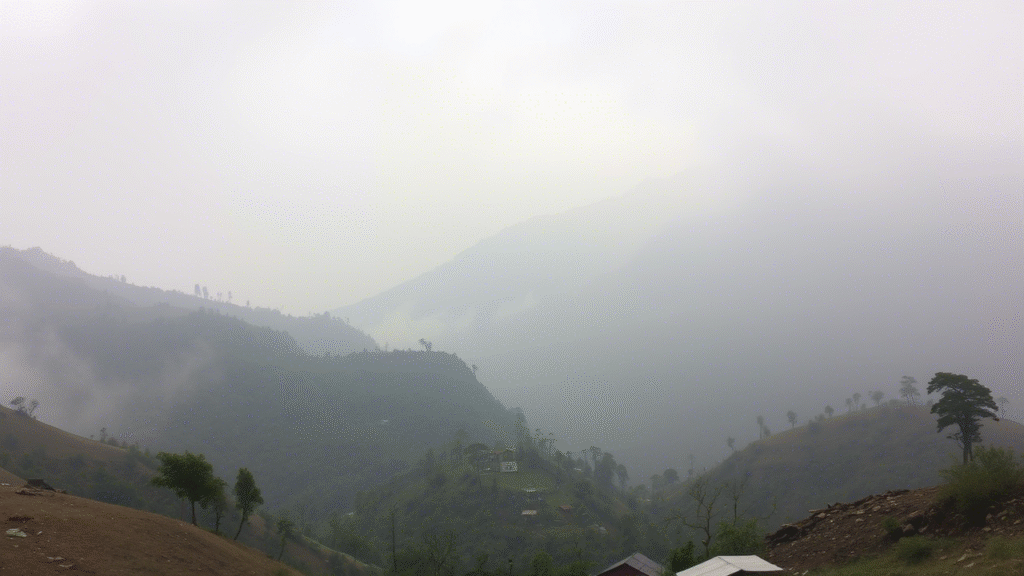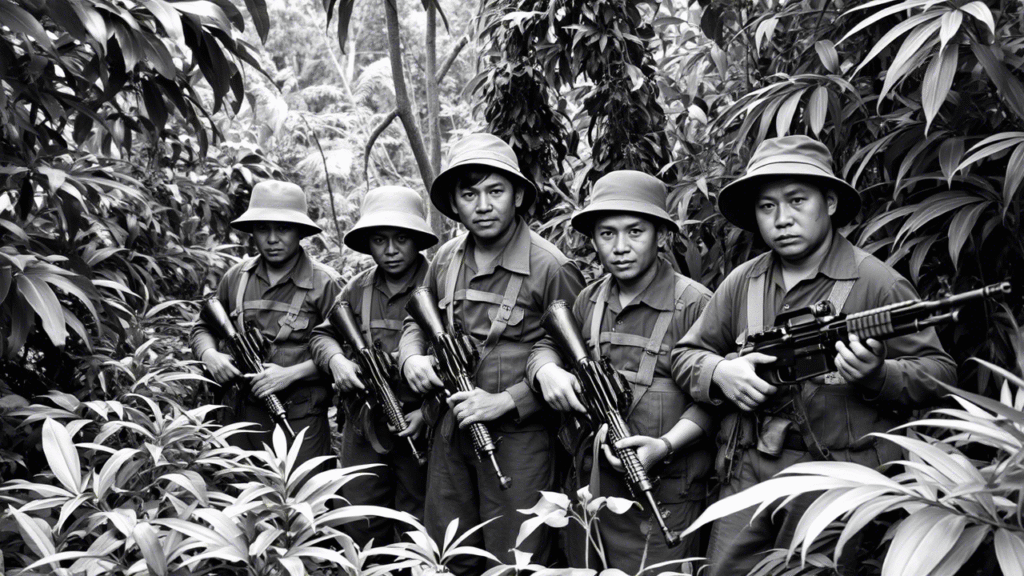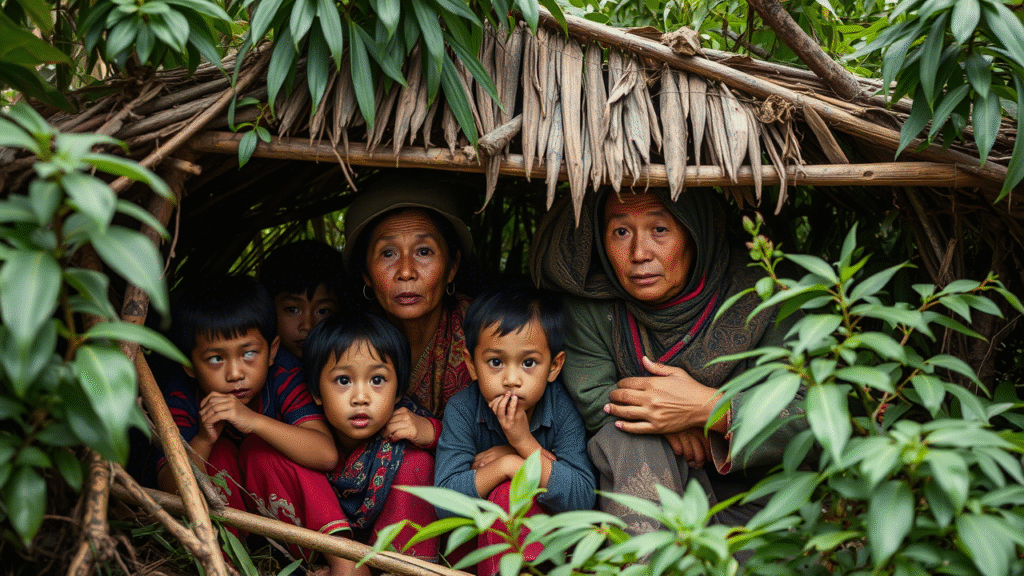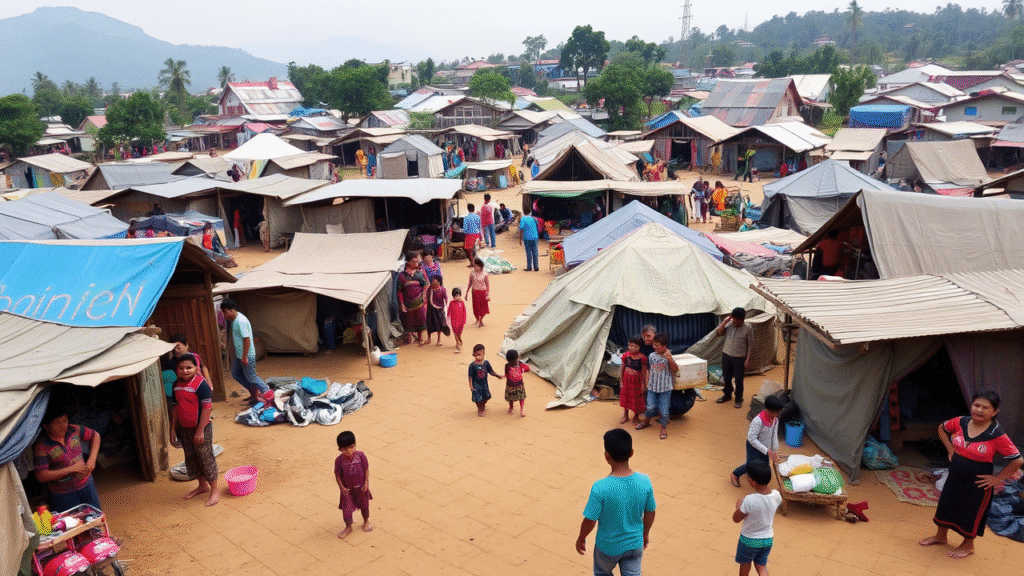The Untold Suffering tragic history of the Hmong people in Laos – The lush, mist-covered mountains of Laos hide a dark and tragic history—one of betrayal, survival, and relentless persecution. For the Hmong people, these mountains were both a sanctuary and a battleground. Their story, often overlooked in mainstream history, is one of immense suffering and resilience.
In “Tragic Mountains: The Struggle and Persecution of the Hmong,” Jane Hamilton-Merritt unveils the harrowing tale of the Hmong’s alliance with the U.S. during the Vietnam War and the brutal retaliation they faced afterward. This blog delves deep into this tragic chapter, exploring the Hmong’s role in the Secret War, their subsequent persecution, and their fight for survival.

The Hmong and the Secret War in Laos
Who Are the Hmong People?
The Hmong are an ethnic group indigenous to the mountainous regions of Laos, Vietnam, Thailand, and China. Known for their rich culture and fierce independence, they lived in relative isolation until the 20th century.
The CIA’s Secret War and Hmong Alliance
During the Vietnam War, the U.S. CIA recruited the Hmong to fight against communist Pathet Lao and North Vietnamese forces in what became known as the Secret War (1961-1975). Led by General Vang Pao, Hmong soldiers disrupted supply routes, rescued downed American pilots, and became America’s most loyal allies in Laos.

The Betrayal and Abandonment
When the U.S. withdrew from Vietnam in 1975, they left the Hmong vulnerable. The Pathet Lao and Vietnamese forces, seeking revenge, launched a brutal campaign against the Hmong—labeling them as “traitors.” Thousands were massacred, while others fled into the jungles, facing starvation and relentless pursuit.
The Tragic Aftermath: Persecution and Genocide
Mass Executions and Forced Labor Camps
After the war, the Lao government systematically targeted Hmong villages. Men were executed, women and children sent to “re-education camps,” where many perished from torture, malnutrition, and disease.
Survival in the Jungles
Thousands of Hmong fled deep into the mountains, living as hunted refugees. For decades, they survived in hidden jungle camps, evading Lao military patrols. Many resorted to eating roots and wild animals, while others died from disease and starvation.

International Neglect
Despite reports of genocide, the world remained largely silent. The U.S. accepted some Hmong refugees, but thousands were left behind, still fighting for survival.
The Hmong Diaspora: A Scattered People
Refugee Crisis and Resettlement
Between 1975 and the 1990s, over 300,000 Hmong fled to Thailand, where they lived in squalid refugee camps like Ban Vinai. Many were later resettled in the U.S., France, and Australia, but faced cultural dislocation and poverty.
Ongoing Persecution in Laos
Even today, Hmong hiding in Laos face military attacks. Reports of chemical weapons and forced disappearances continue to emerge, though the Lao government denies these claims.

The Legacy of the Tragic Mountains
Cultural Survival and Resistance
Despite immense suffering, the Hmong have preserved their language, traditions, and identity. Communities in the U.S., like those in Minnesota and California, thrive while keeping their heritage alive.
Calls for Justice
Activists and scholars continue to demand recognition of the Hmong genocide. Books like “Tragic Mountains“ and documentaries such as “The Most Secret Place on Earth” shed light on this forgotten tragedy.
Conclusion: A Story That Must Not Be Forgotten
The Tragic Mountains of Laos hold the echoes of a people who fought, suffered, and survived against all odds. The Hmong’s story is one of courage, betrayal, and resilience—a history the world must remember.
By sharing their story, we honor their struggle and ensure that such tragedies are never repeated.